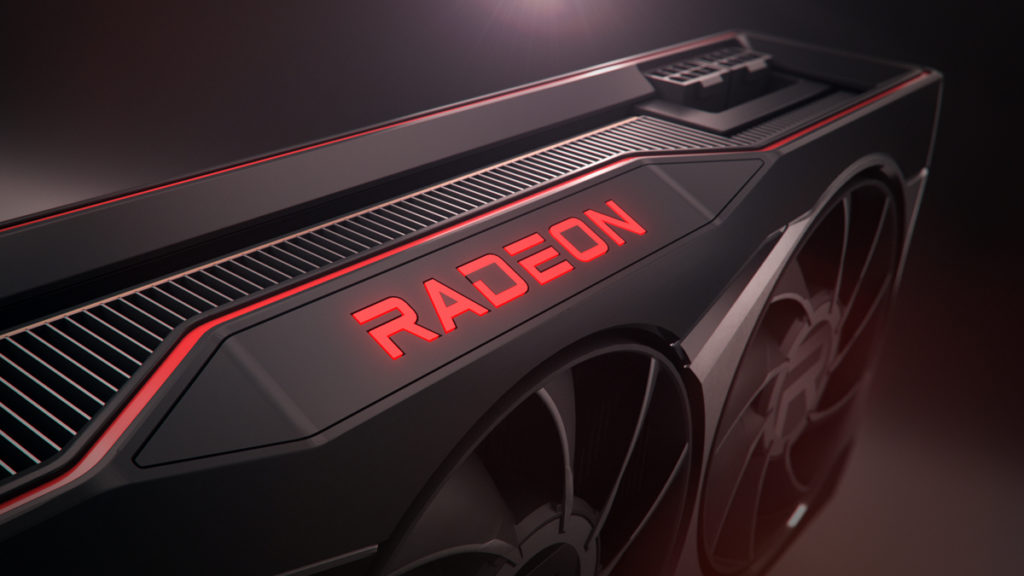Image: AMD
It appears that AMD has at least one innovative answer to NVIDIA’s upcoming multi-chip-module (MCM) Hopper graphics architecture. As spotted by various users on social media, red team has filed a patent for a radical new GPU design that leverages a system comprising chiplets for what could be a massive leap in graphics performance. The technology would presumably be used in the company’s future Radeon RX graphics cards.
“A chiplet system includes a central processing unit (CPU) communicably coupled to a first GPU chiplet of a GPU chiplet array,” an abstract reads. “The GPU...
Continue reading...
